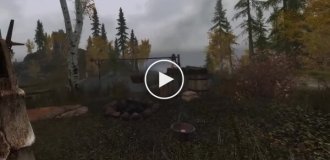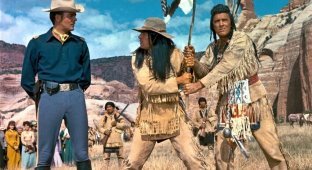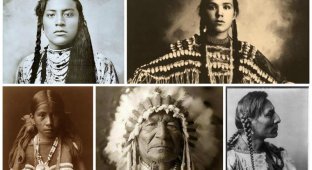For what purpose did the American Indians bend tree trunks for many centuries? (6 photos)
According to the history of several culturally related tribes of the North American Apache Indians, their tribes for many hundreds of years created unique and unlike anything else bent trees throughout North America. 
Even in modern times, such bent zigzag trees can most often be stumbled upon in Arizona, New Mexico, and Oklahoma.
But why did the Indians bend tree trunks?
The Indians were primitive but logical thinking people 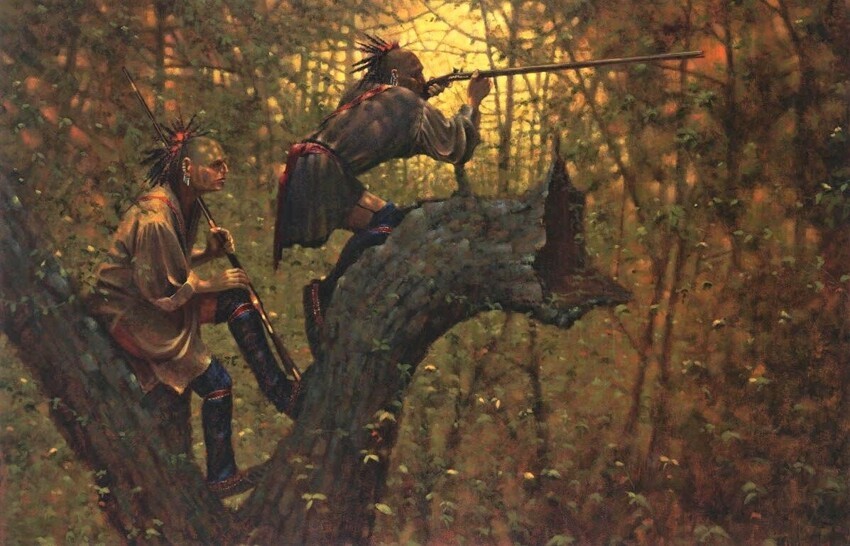
If developed European explorers, travelers, soldiers and settlers actively used compasses, geodetic instruments, geographic positioning systems, maps and celestial navigation, then many of these things (perhaps except celestial navigation) were inaccessible to the Indians.
However, the way this problem was solved reminds us once again that intelligent people who use logical reasoning and ingenuity are found in primitive societies as well as in more advanced ones.
Trees as navigation paths 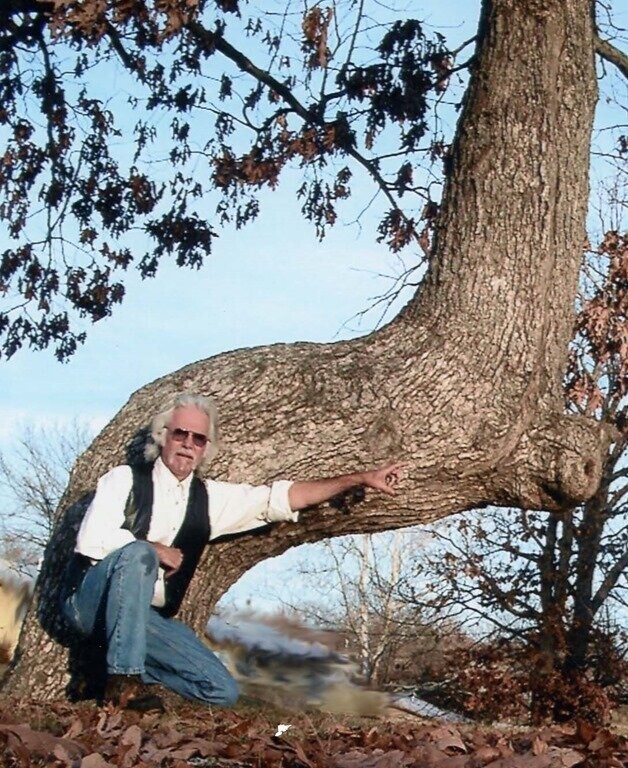
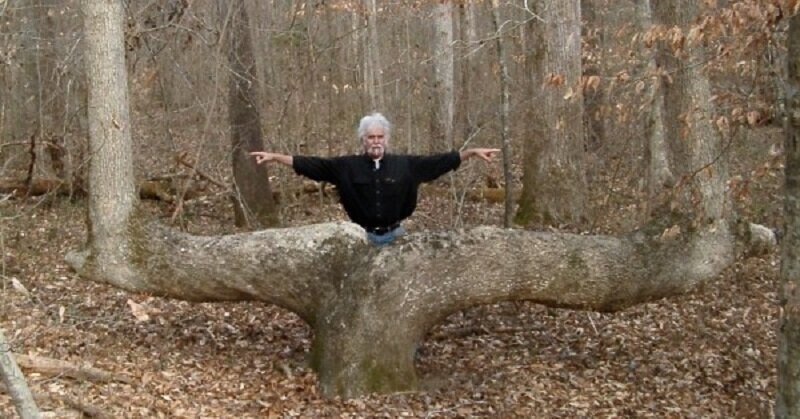
Native Americans used trees for navigation.
A huge network of "Indian forest trails" was built long before Columbus arrived and is well documented throughout the Americas. Even today, in many forests you can find a huge number of bent trees, which were used by indigenous hunters and gatherers so as not to get lost in the forest.
Here's how the Indians created "tree signs":
A living seedling was selected, the width of a thumb in diameter and approximately 2-3 meters high. This tree was bent and pointed in the desired direction, and then fixed in this position with strips of animal skins, bark or vines, depending on the materials to which the Indian had access. 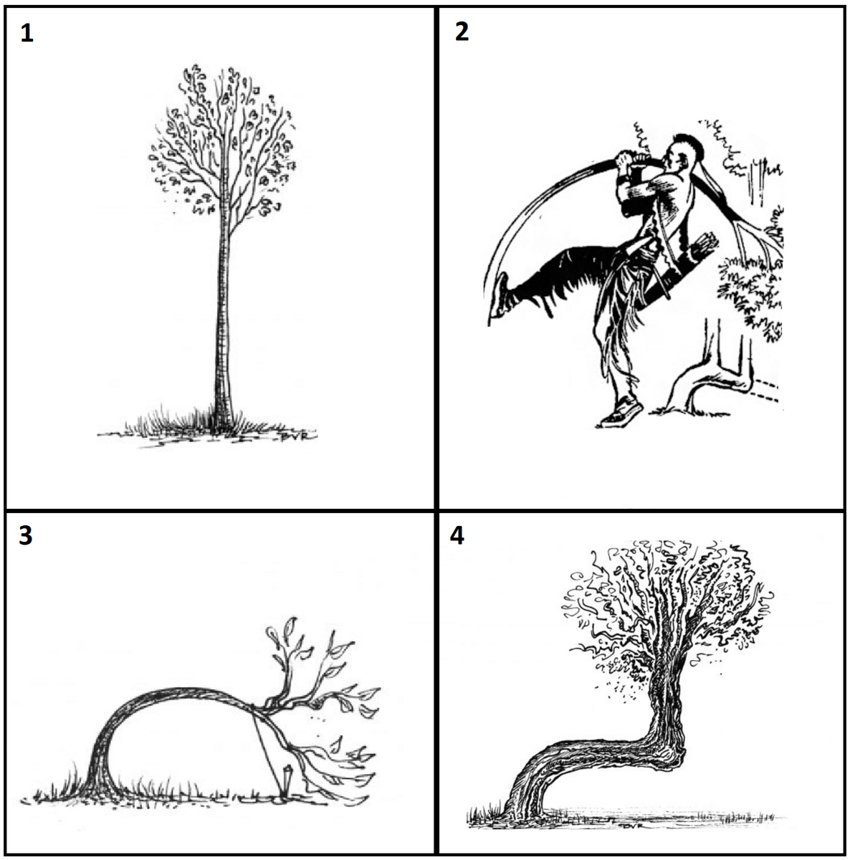
The Indians understood that if you bend a young tree and hold it in this position, its top will grow upward towards the light, that is, it will continue to grow upward at the point of bending. And the tree could have not one, but several bends.
Each bend had a certain meaning so that any traveler could identify and distinguish certain trees from all other trees in the forest (some bend in the tree indicated a nearby river or lake, some bend indicated a detour, or vice versa, a possible danger). 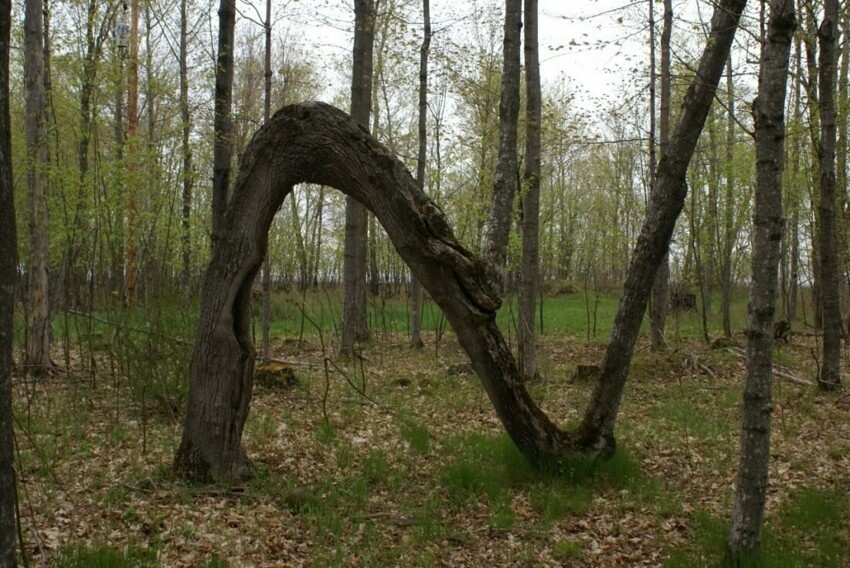
After all these steps, the tree needed periodic maintenance for several years to complete its growth. And the Indians placed them in all the territories they lived in. From early childhood, this helped them understand how to find their way to home, hunting grounds, avoid dangers and overcome obstacles in any situation.
Also, the Indians often bent trees specifically in order to lay improvised bridges over rivers or cliffs and thereby shorten the path.
The resulting tree shape was unlike anything created by nature. The horizontal section was high enough above the ground that it could not be confused with one of the many fallen trees on the forest floor, and this made such a tree visible at great distances, even in the snow.
